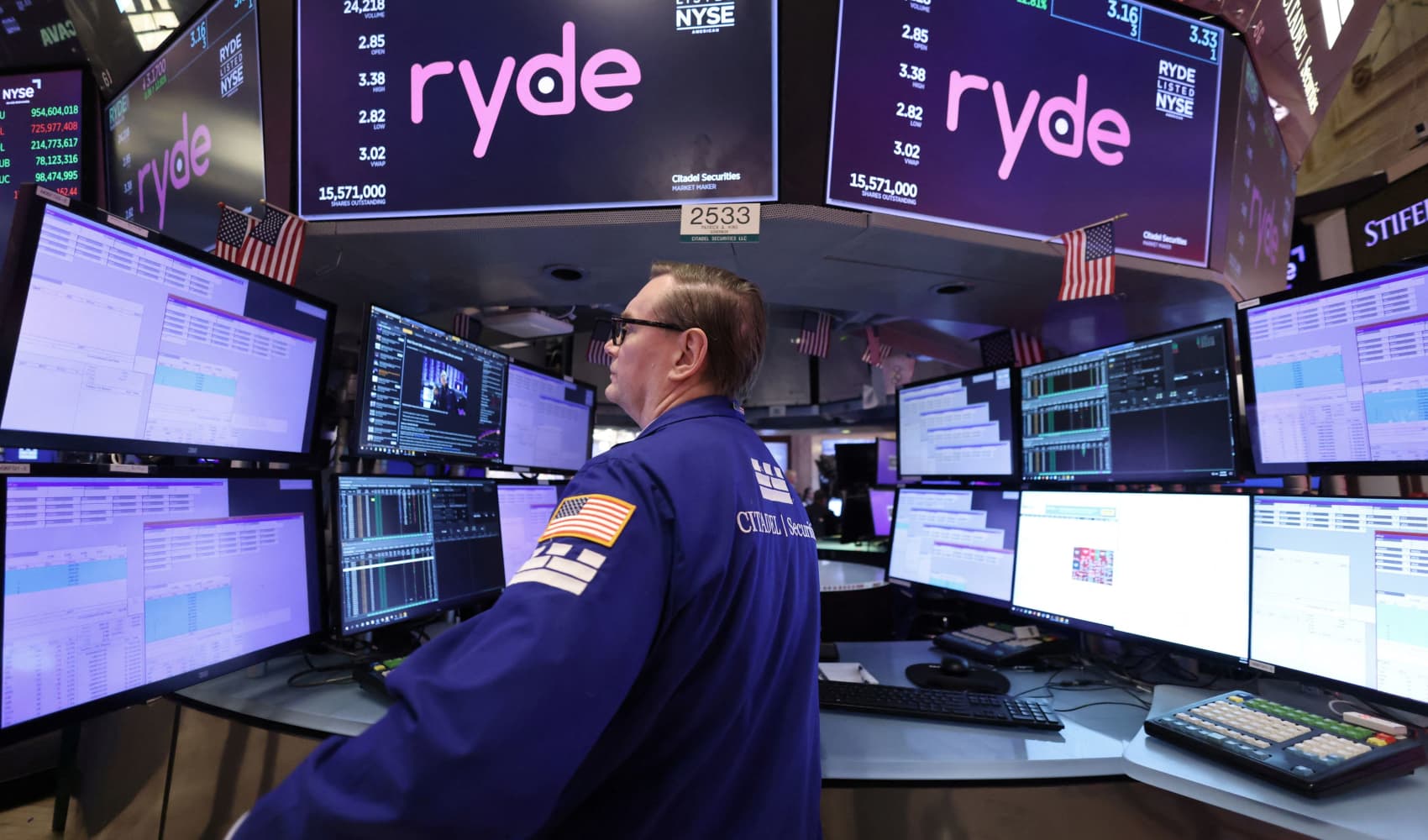
By now, you've probably heard about "I" bonds. 7% yield from the Treasury! Guaranteed!! Everyone is talking about them. "The secret is out," read one headline a few weeks ago. Demand is soaring--the Treasury issued $1.3 billion of them last month, the most since monthly records began eight years ago.
On Wednesday, the legendary Burton Malkiel--author of the investing classic A Random Walk Down Wall Street--piled on in the op-ed pages of The Wall Street Journal. "The Treasury has a bond bargain for you," the article read. "I bonds, currently paying 7.12%, are a great hedge against inflation."
Granted, a person can only buy $10,000 per year of I bonds, so it's not like this is a retirement strategy. But still, I had to investigate. If this is true, it is preposterous that U.S. taxpayers should be on the hook for paying out 7% on any kind of bond for thirty years! Especially when the Treasury can issue normal 30-year bonds for just 1.8%. And if it's true, I also figured my family should probably own some.
But here's the thing. The bonds don't pay out 7.12% for life. Their payout rate resets every six months, to a "fixed rate" plus the (non-seasonally adjusted) CPI. What is that "fixed rate," I wondered? Turns out, it's now zero percent. So if the Consumer Price Index falls to 4% by the end of 2022, you only get a 4% payout. If it falls to 2% by 2023, you get 2%. If it ever goes negative--well, at least you'll still get zero.
Get Boston local news, weather forecasts, lifestyle and entertainment stories to your inbox. Sign up for NBC Boston’s newsletters.
So yes, I can absolutely see why I bonds would be a good inflation hedge. If that's all you're after, they definitely fit the bill. But if you were after a risk-free 7% return for the next couple decades, not so much. They may only end up yielding that for a few more months.
Now, you can sell them back to the Treasury after you've held them for a year. But if you sell before five years, you have to pay back your last three months' interest. That said, there other advantages to owning I bonds--they are exempt from state and local taxes, and they have tax advantages if you use the proceeds to finance education.
What about TIPS? The Treasury also offers "inflation-protected securities," in various maturities, whose principal rises and falls with the same CPI. The payout rate is a fixed percentage, so if your principal rises because of inflation, your payout does too. The problem is you have to pay federal taxes on the principal increase and the interest payments you get every year, whereas I bonds let you defer that until the bond matures. And there's not much yield to even speak of. The 30-year TIPS this year were auctioned at 0.125%.
Money Report
The real deal would have been buying I bonds back in the 1998-2000 period, when their fixed yield hovered around 3.5%. Those lucky holders are now getting more than 10% payouts, and have pocketed about twice the actual inflation rate since the bonds were issued.
If anything, I'd think of buying I bonds this way--as protection in case inflation really gets out of control. That CPI stays at 5% for a few years, you're laughing all the way to the bank. But if it doesn't...just make sure you haven't bet too much on it.
As an investor, I'm a little disappointed. But as a taxpayer, I'm certainly relieved.
Kelly






